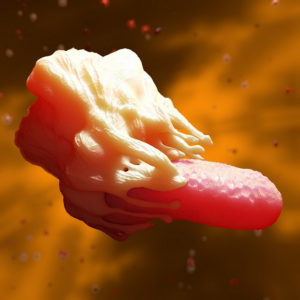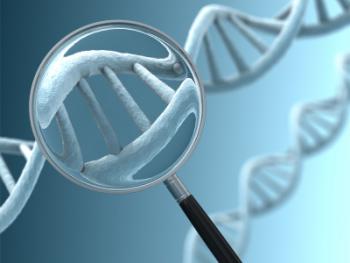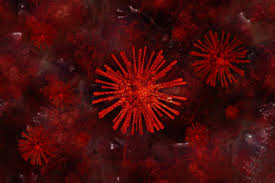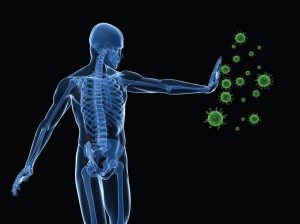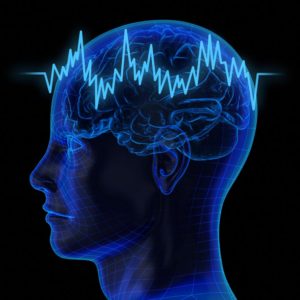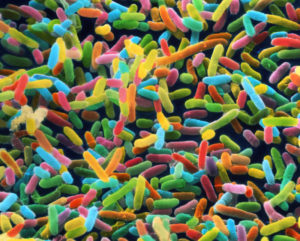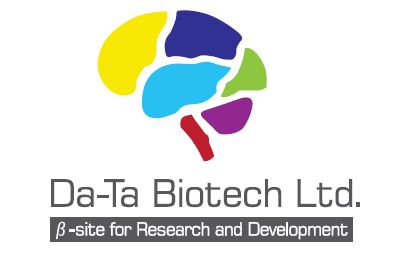Each human cell contains so much DNA — about 2 metres if extended — that it must be tightly wrapped around specialized histone proteins to form spool-like structures called nucleosomes. Nucleosomes can then be packed together into dense strands called chromatin, in which the DNA is inaccessible, and must be unpacked for DNA to be accessible for transcription or replication. The dynamic conversion between inaccessible and accessible chromatin states is directed by protein complexes that write and read chemical marks on the chromatin called epigenetic modifications. Writing in Nature, Xue et al.1 describe the nucleosome-bound structure of members of the MLL family of proteins: complexes that add methyl groups to histone proteins. The new structures show how these protein complexes both write and read epigenetic modifications….
